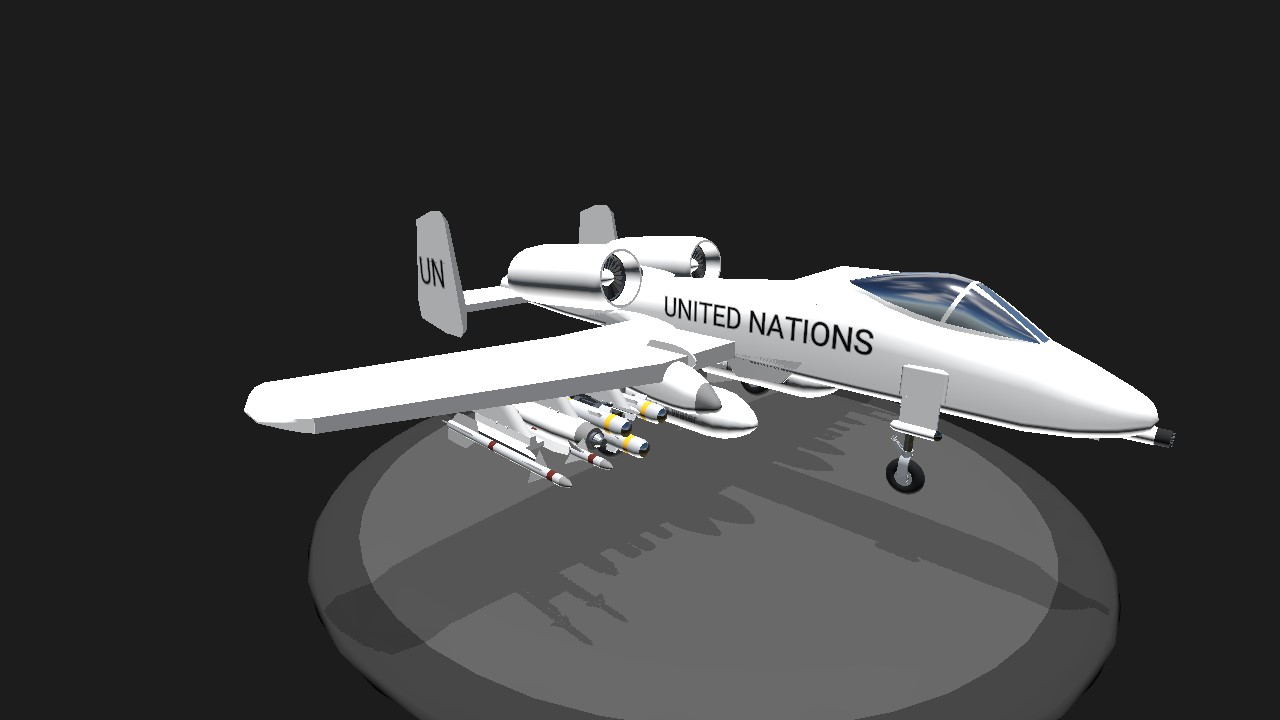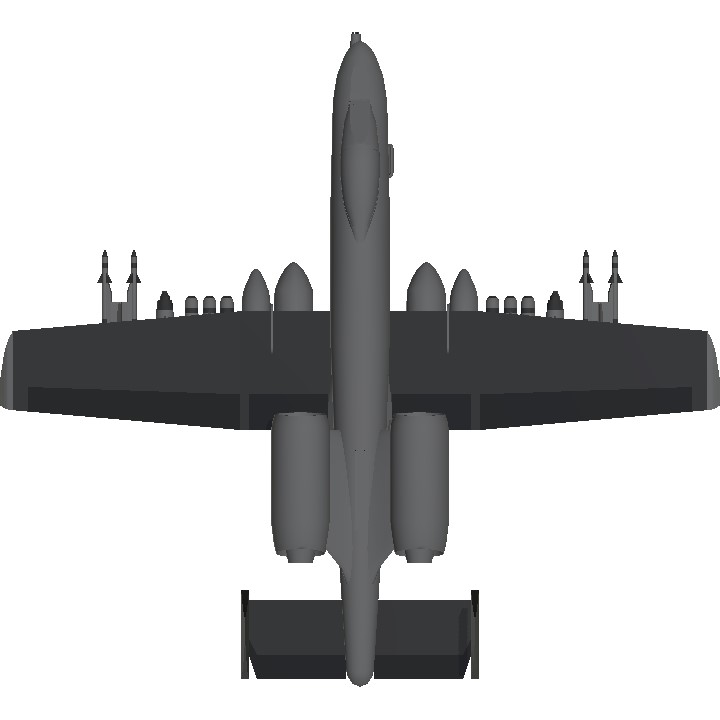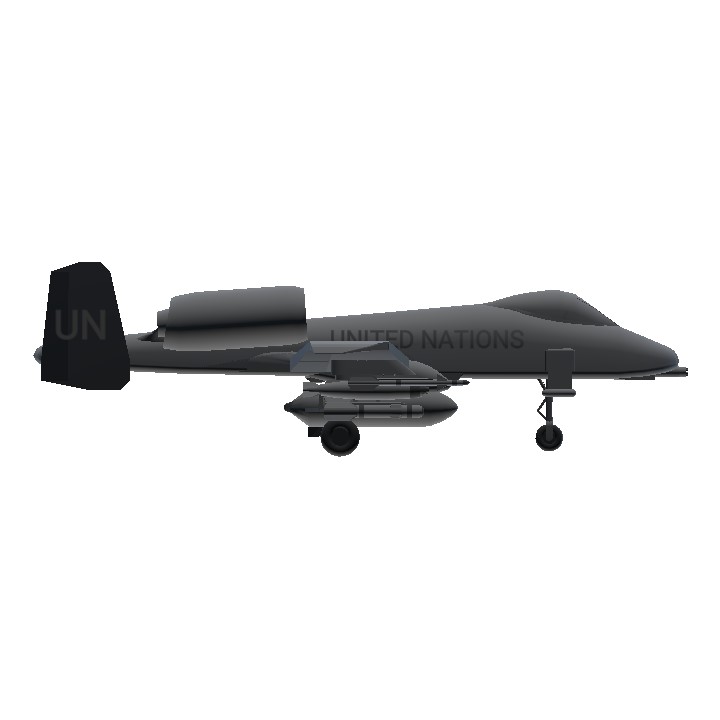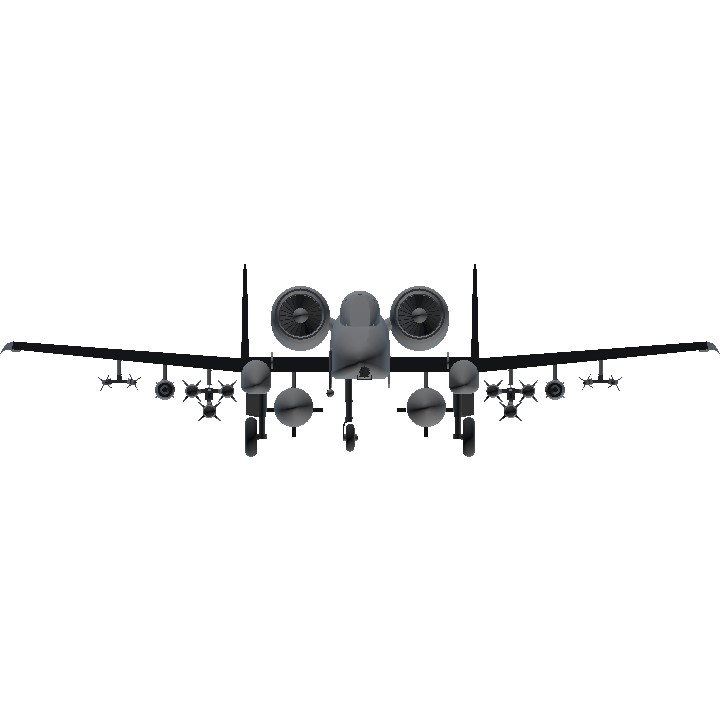In 2024, the introduction of the UN Peacekeeper, a heavily modified A-10 Warthog, marked a significant milestone in the evolution of military hardware repurposed for peacekeeping and humanitarian missions. Acquired through the landmark Joint Operational Utility Treaty Initiative (JOUTI), the Peacekeeper symbolized an unprecedented level of collaboration between nations, demonstrating how military innovation could address global challenges. The A-10, known for its durability, firepower, and loitering capability, was an ideal candidate for this transformation, retaining its combat effectiveness while adopting new features for peacekeeping roles.
History of the UN Peacekeeper
The idea of converting a warplane into a dual-purpose platform originated from the need to address modern conflicts where civilian populations were often caught in crossfire. The A-10 Warthog, already an icon for its resilience and adaptability, became the focus of this vision. Through JOUTI, engineers and strategists worked to modify the aircraft, ensuring it could operate effectively in both high-intensity conflict zones and humanitarian crises. The initiative aimed to create a platform capable of supporting peacekeepers and civilians while maintaining the ability to deter aggression.
The Peacekeeper's development emphasized versatility. Its hallmark feature was the integration of retrofitted external fuel tanks, transformed into deployable supply pods. These pods were designed to carry essential items such as medical supplies, food, and portable communications equipment. Deployed mid-flight via precision-guided parachutes, the pods allowed pilots to deliver aid directly to those in need, even in the most inaccessible areas.
Technological Advancements
The UN Peacekeeper featured several key upgrades, combining tried-and-true design elements with cutting-edge technology:
Supply Pods: The external tanks were reengineered with modular interiors to accommodate a variety of payloads. Advanced parachute systems ensured safe and accurate delivery, even in challenging weather conditions.
Advanced Avionics: Upgraded navigation and communication systems enabled seamless coordination with peacekeepers on the ground. A new suite of sensors allowed the aircraft to identify and track humanitarian targets with unparalleled precision.
Defensive Measures: While the Peacekeeper adhered to strict engagement protocols, it retained the A-10’s iconic GAU-8 Avenger cannon and defensive countermeasure systems to protect itself and its mission from hostile threats.
Energy Efficiency: Modified engines and a lightweight design enhanced fuel efficiency, allowing the aircraft to loiter longer in mission areas.
The Peacekeeper in Action
One of the first missions to showcase the Peacekeeper’s capabilities was Operation Harmony Shield. Deployed to a conflict zone marked by both insurgent activity and humanitarian crises, the Peacekeeper excelled in its dual role. It provided close air support to protect peacekeeping forces while simultaneously dropping supplies to isolated civilian communities. Its ability to adapt to rapidly changing mission demands made it an indispensable asset.
The aircraft’s stark white livery, emblazoned with “UNITED NATIONS” and bearing its iconic supply pods, became a symbol of hope. Civilians and peacekeepers alike recognized the Peacekeeper not only as a tool of defense but also as a lifeline in desperate times.
Legacy and Impact
The UN Peacekeeper became a shining example of how military technology could be reimagined to prioritize humanity and global stability. Its success inspired further collaborations under JOUTI, encouraging the adaptation of other military systems for humanitarian purposes. More than just a machine, the Peacekeeper embodied a new era of innovation, proving that even the tools of war could be transformed into instruments of peace.
Thanks to my buddy CHATGPT
Specifications
General Characteristics
- Predecessor A-10A Mobile Friendly
- Created On Android
- Wingspan 59.7ft (18.2m)
- Length 54.2ft (16.5m)
- Height 16.0ft (4.9m)
- Empty Weight N/A
- Loaded Weight 30,877lbs (14,005kg)
Performance
- Power/Weight Ratio 2.052
- Wing Loading 29.7lbs/ft2 (144.8kg/m2)
- Wing Area 1,041.0ft2 (96.7m2)
- Drag Points 7198
Parts
- Number of Parts 342
- Control Surfaces 24
- Performance Cost 1,560





Thanks to @maxres for the a-10
Thanks to @EarthSensei for the United Nations idea
@MrCOPTY for Mission Air Support
what in earth do UN needs an a10 for 💀